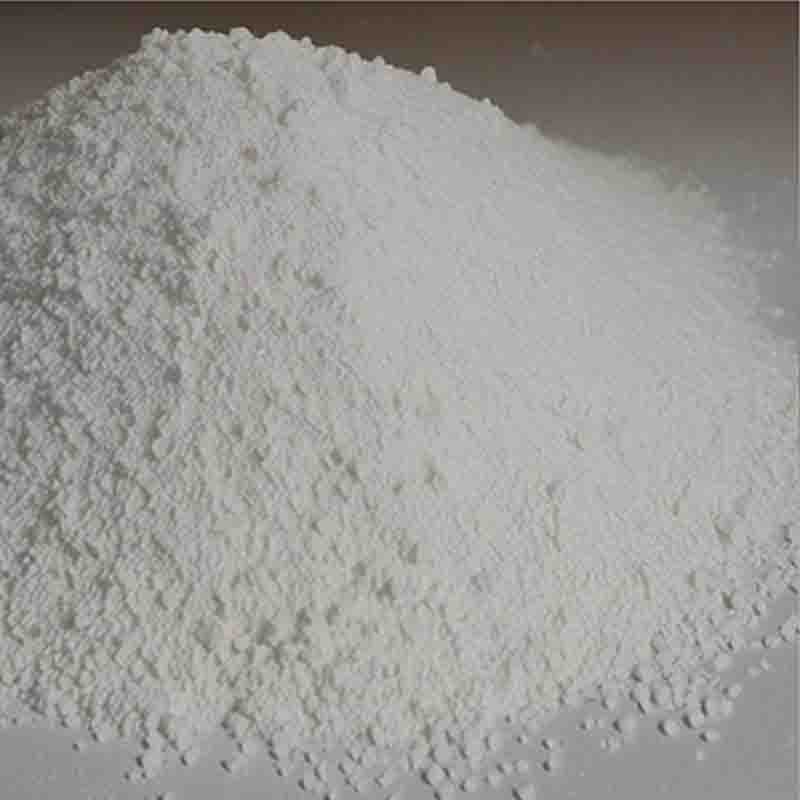2-Hydroxyethylacrylate CAS:818-61-1
| Catalog Number | XD95462 |
| Product Name | 2-Hydroxyethylacrylate |
| CAS | 818-61-1 |
| Molecular Formula | C5H8O3 |
| Molecular Weight | 116.12 |
| Storage Details | Ambient |
Product Specification
| Appearance | White powder |
| Assay | 99% min |
2-Hydroxyethylacrylate (HEA) is a monomer that has significant effects on polymers when incorporated into their structure. It is known for its ability to enhance adhesion properties, improve flexibility, increase hydrophilicity, and impart thermal stability to the resulting materials.One of the key effects of HEA is its ability to improve the adhesion of polymers. When HEA is copolymerized with other monomers, it forms crosslinks within the polymer matrix. These crosslinks enhance the overall strength and adhesion of the material, making it more resistant to delamination or separation. This property makes HEA popular in the formulation of coatings, adhesives, and sealants, particularly in automotive or construction applications where strong adhesion is essential.Furthermore, HEA introduces hydroxyl groups into the polymer composition, increasing the material's hydrophilicity. This makes it suitable for applications where water absorption is desired, such as in hydrogels. HEA-based hydrogels are widely used in biomedical fields, including tissue engineering, drug delivery systems, and wound dressings. The ability of HEA to absorb and release water makes it ideal for creating materials that can interact with biological tissues or provide controlled release of pharmaceuticals.HEA also enhances the flexibility and elasticity of polymers. By incorporating HEA into a polymer structure, the resulting materials become more resistant to cracking, breaking, or deformation, making them more durable. This effect is particularly useful in the production of flexible packaging materials, adhesives, and elastomers, where flexibility and resilience are desired properties.Additionally, HEA imparts thermal stability to polymers. It increases the material's resistance to high temperatures, preventing degradation or decomposition. This makes it suitable for applications where the material will be exposed to elevated temperatures, such as in electronic components or high-temperature environments.However, it is important to note that using excessive amounts of HEA can lead to shrinkage and reduced mechanical strength of the resulting polymers. It can also cause skin and eye irritation, so proper handling and protective measures should be taken when working with HEA.In conclusion, 2-Hydroxyethylacrylate (HEA) has significant effects on polymers. It enhances adhesion, increases hydrophilicity, improves flexibility, and imparts thermal stability to the resulting materials. These properties make HEA valuable across various industries, including coatings, adhesives, biomedical applications, and more. Care should be taken to optimize the use of HEA in polymer formulations while considering its potential limitations and safety precautions.


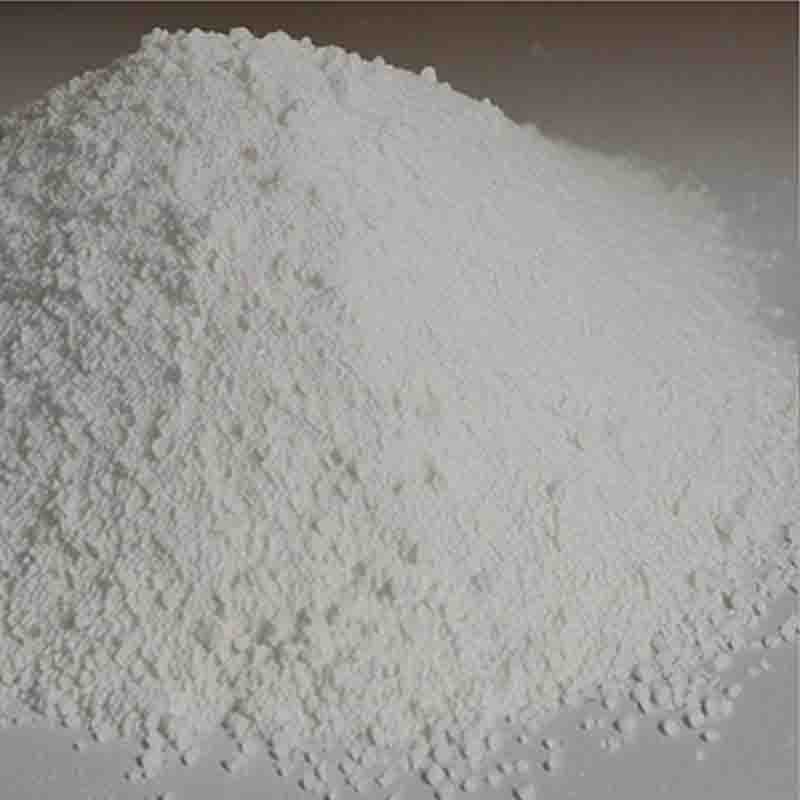

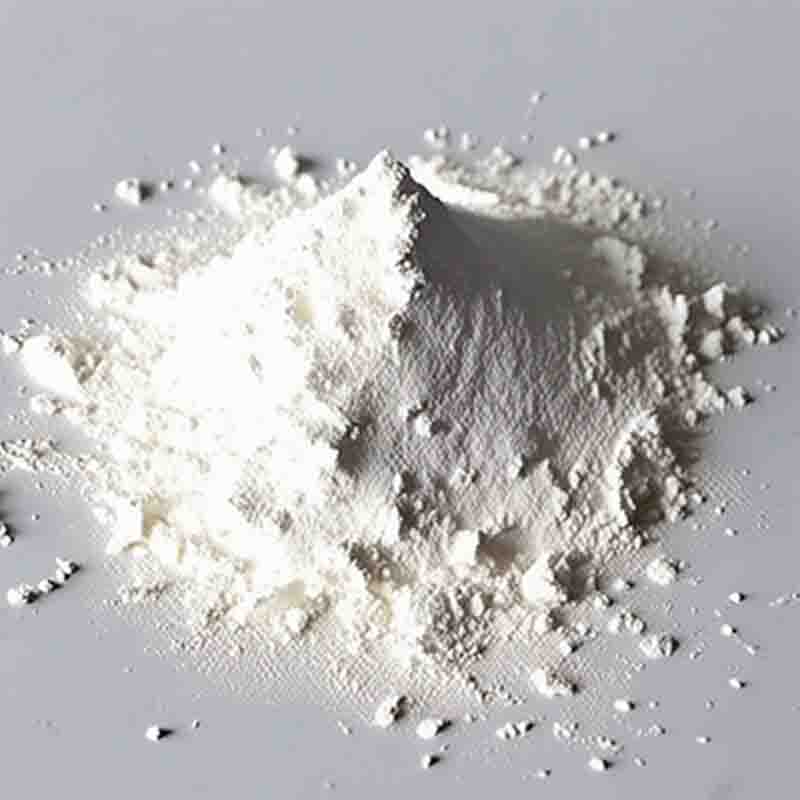
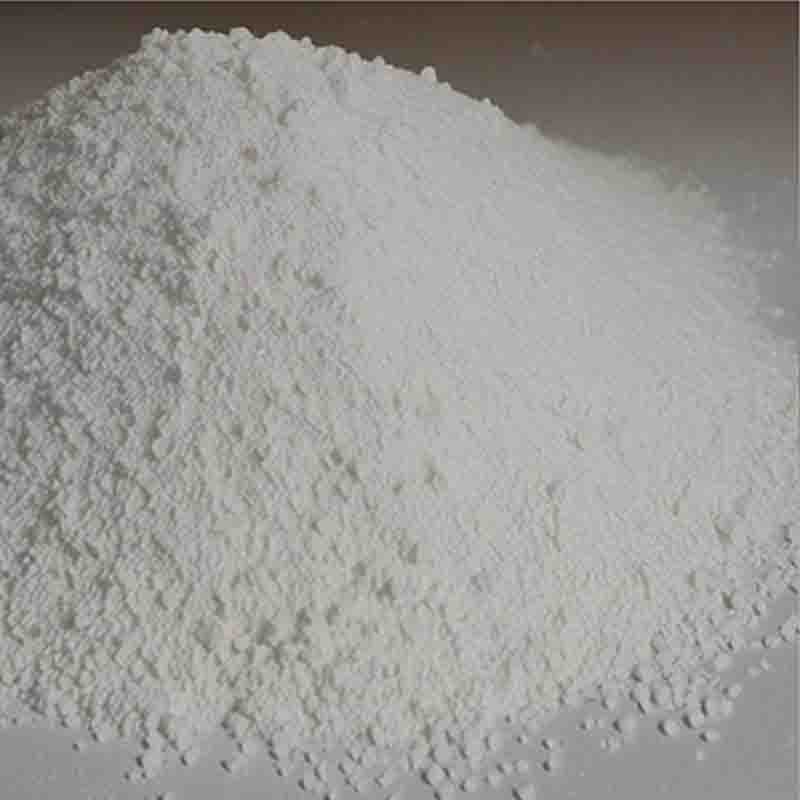
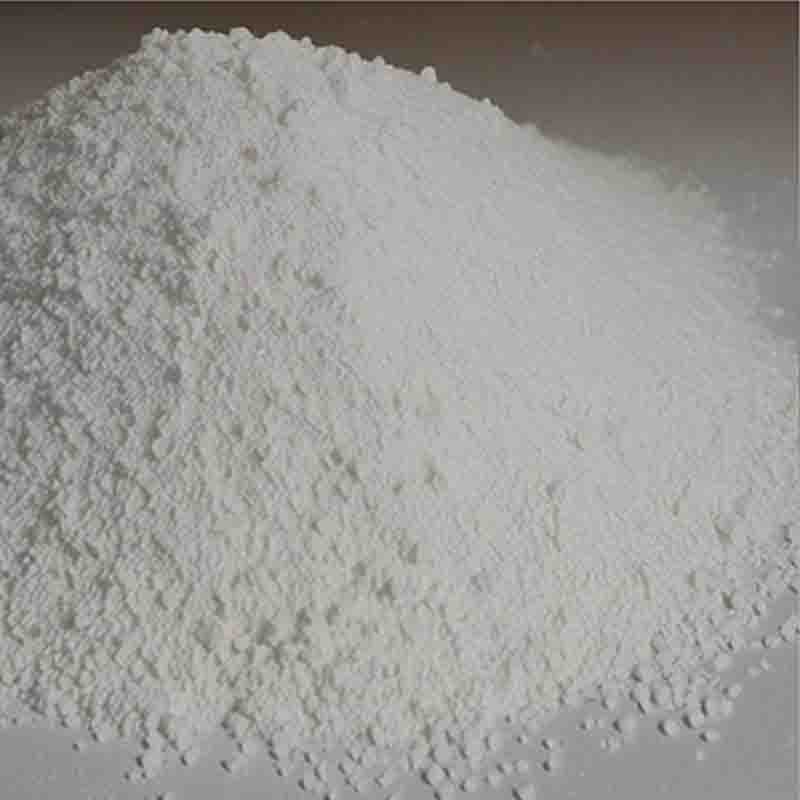
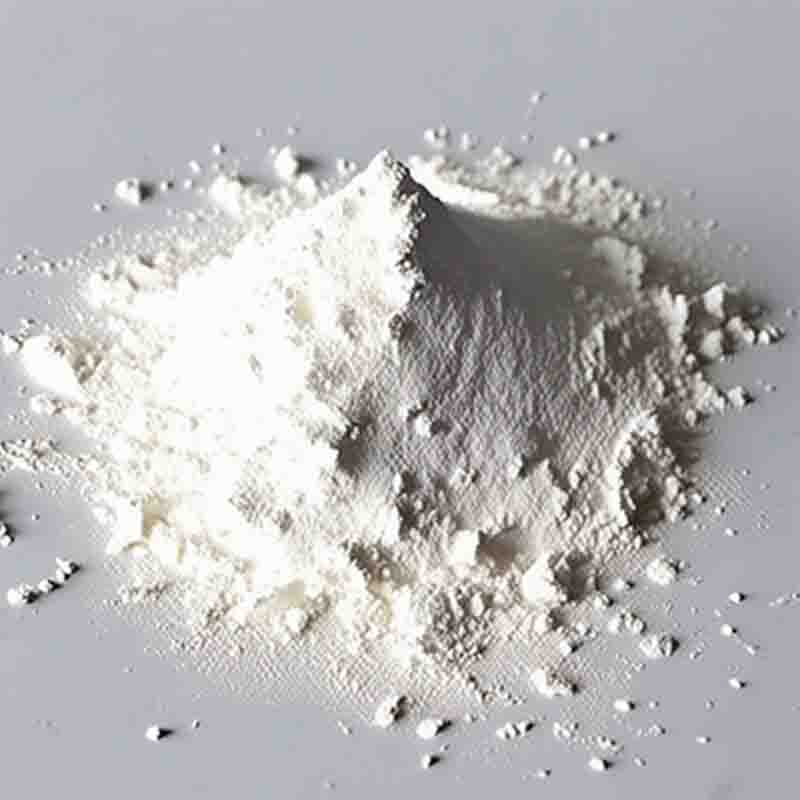
![(3S)-3-[4-[(2-Chloro-5-iodophenyl)methyl]phenoxy]tetrahydro-furan CAS: 915095-94-2](https://cdn.globalso.com/xdbiochems/白色粉末21056.jpg)
